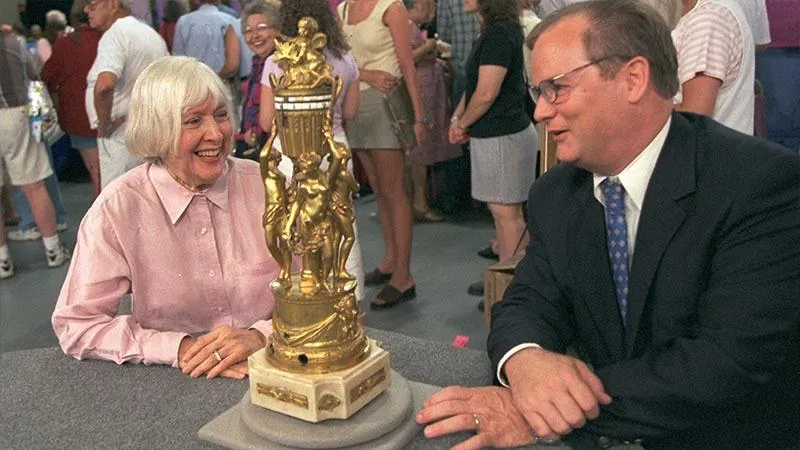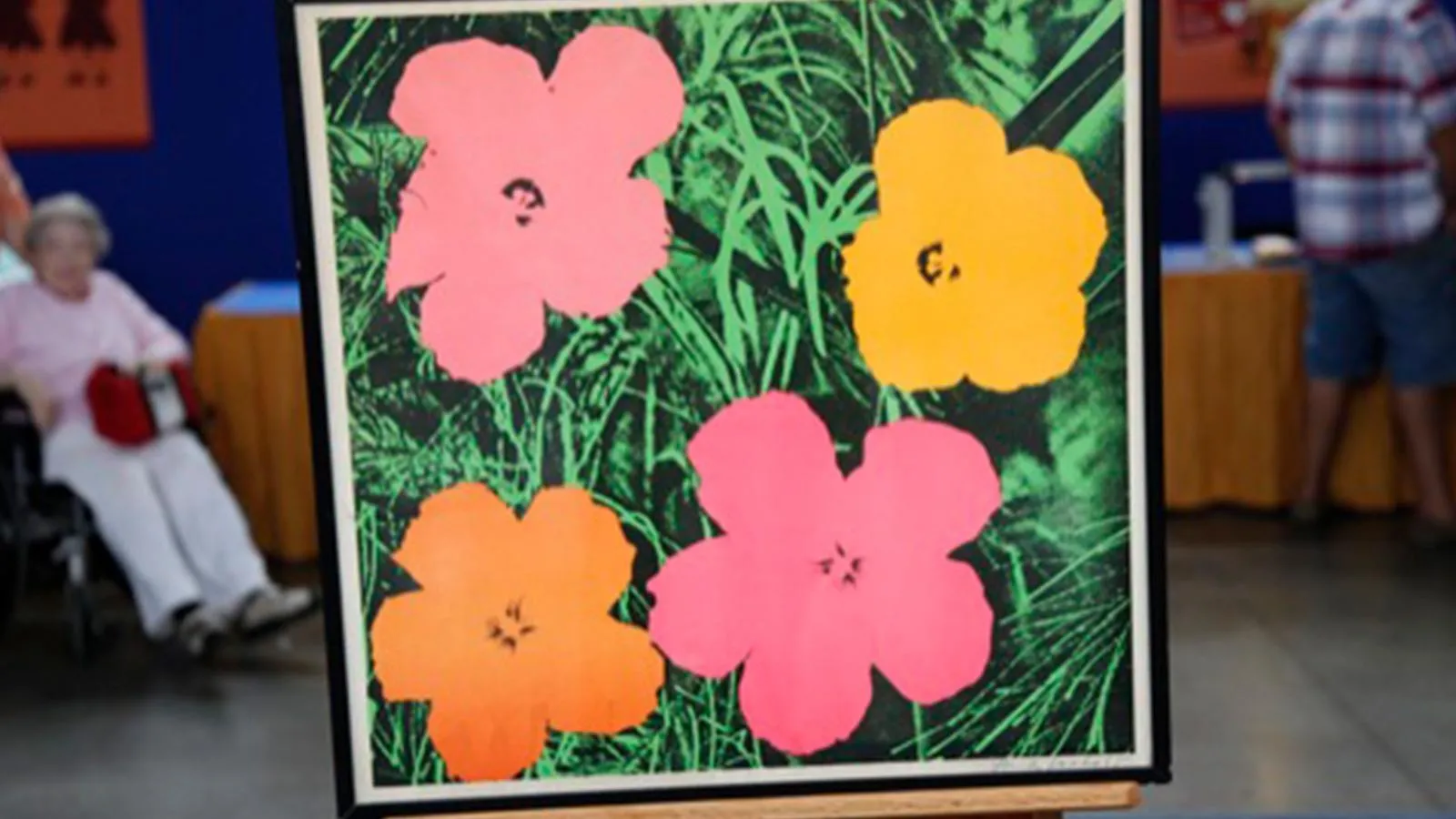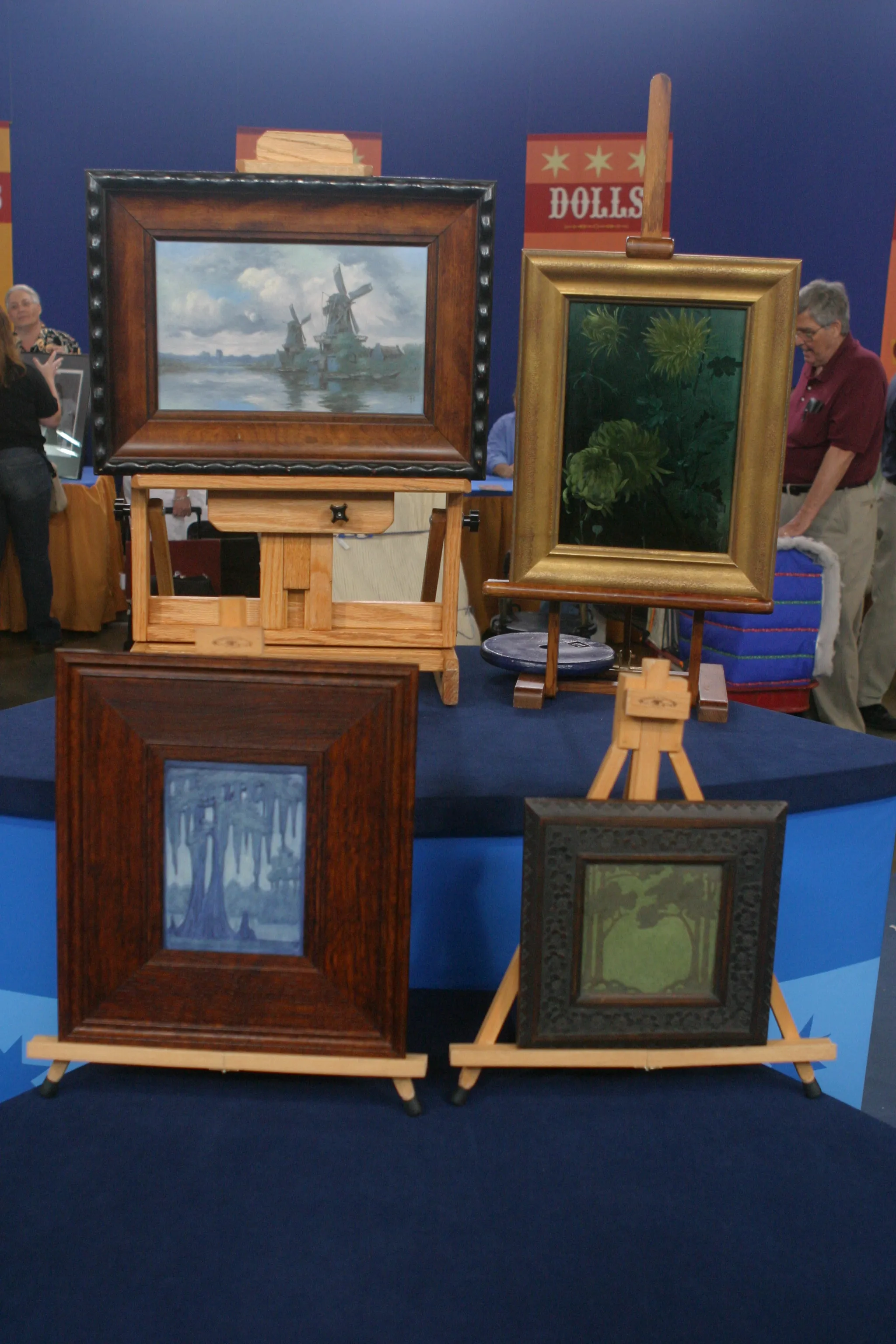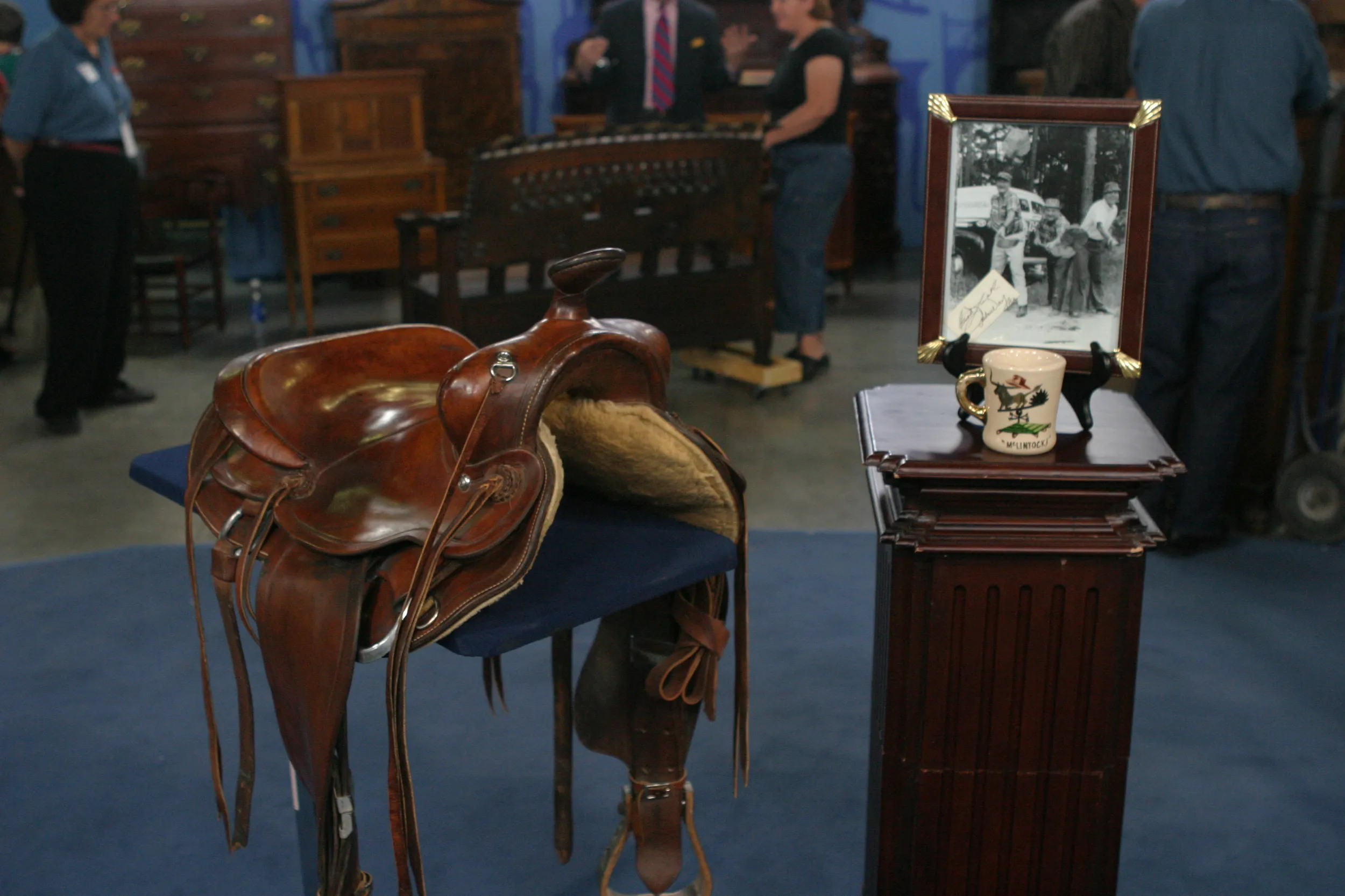GUEST: This painting is my mother's, and she was a personal friend of René Portocarrero back in, uh, in the late '50s, when we lived in Cuba. She had immigrated from Holland and quickly got to know them. She also paints. When she saw this painting, was in their studio. It was still wet, it was on the easel, and she said, "I have to have that." And he was very excited that she loved it. And, um, they went all over the old part of Havana to all the flea markets just to pick this particular frame, which, you cannot really see the colors that he had put into it when he had this picked for it. She's had it ever since. She has several paintings by him. We don't know any values, because they are just, they were gifts to her.
APPRAISER: Exactly.
GUEST: So...
APPRAISER: René Portocarrero is one of the several artists who is absolutely crucial for the development of Modernism in Cuba. And that was beginning in the 19... Late 1920s and 1930s, actually.
GUEST: Mm-hmm.
APPRAISER: And he, along with other artists named Amelia Peláez, Mario Carreño, uh, to name a few, were responsible for making an absolute break from European Modernism, and what they did is basically start painting scenes that were endemic to Cuba. And in addition to that, they were using bright colors, and you can notice in this brightly colored composition that the artist has used some almost fauve colors. And he also is very, very lavish with his application of paint.
GUEST: Right.
APPRAISER: You can see, in the, in the petals of the flowers, a great deal of impasto. It's funny that you mention that he and your mom went out to the, to the flea markets to, to search for frames. He adored putting baroque frames on his paintings, and once he would find a matching frame for the painting...
GUEST: Uh-huh.
APPRAISER: ...would add his own personal touch by adding certain pigments. And this, and in this particular case, green and white paint into the floral part of the frame. The market for Cuban paintings has really become very hot in the last number of years, basically because the growing number of Cuban Émigrés into this country are interested in trying to reclaim some of their national patrimony, or their artistic patrimony.
GUEST: Right.
APPRAISER: And we have enjoyed a rise in his prices. We think that this painting is worth in the vicinity of $18,000 to $22,000.
GUEST: My goodness, that's wonderful.








